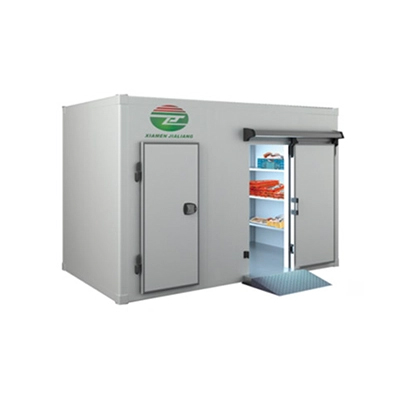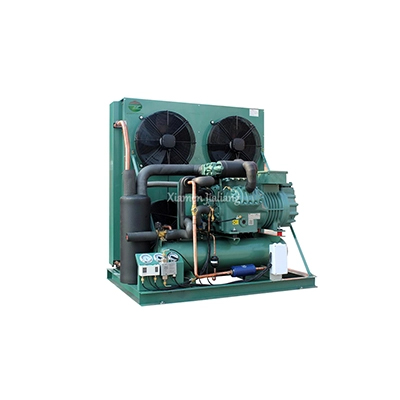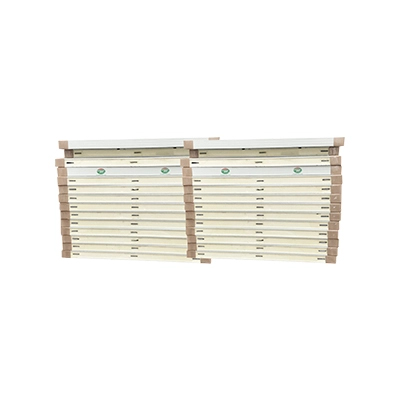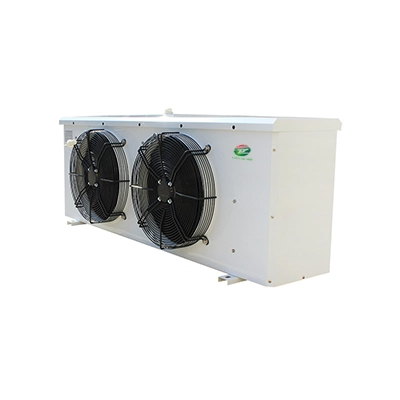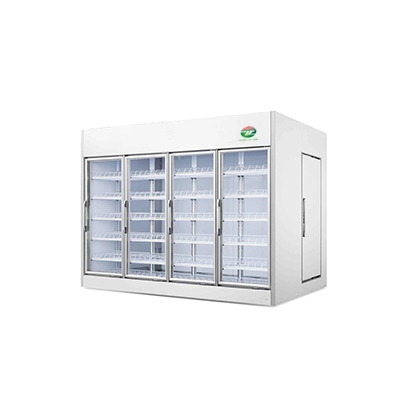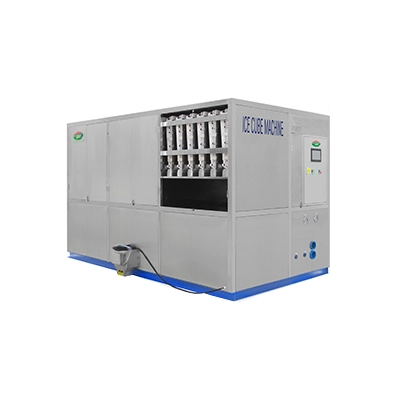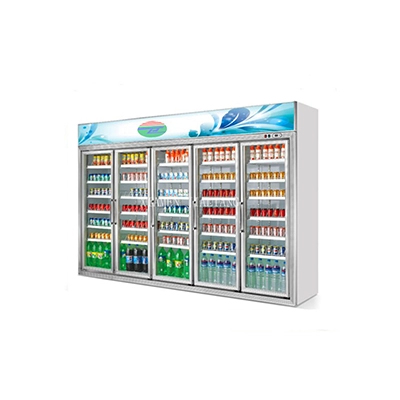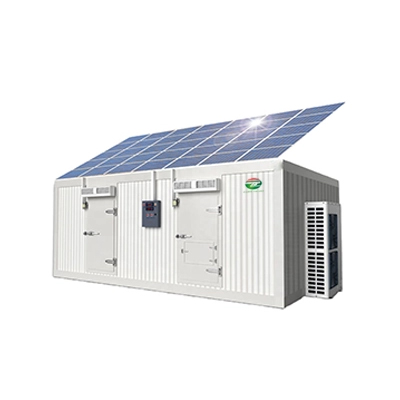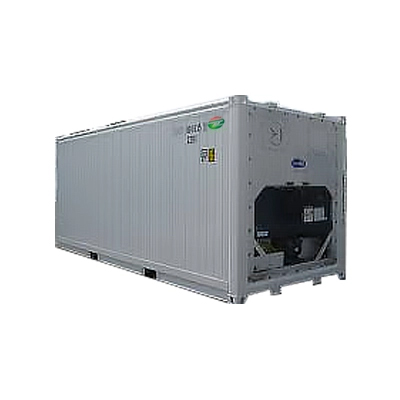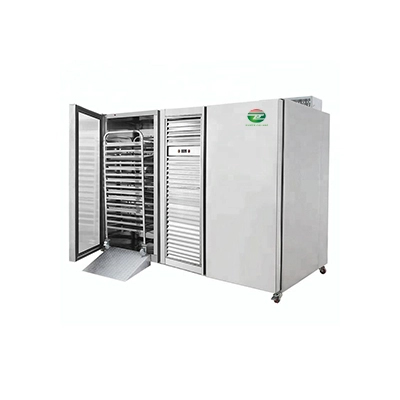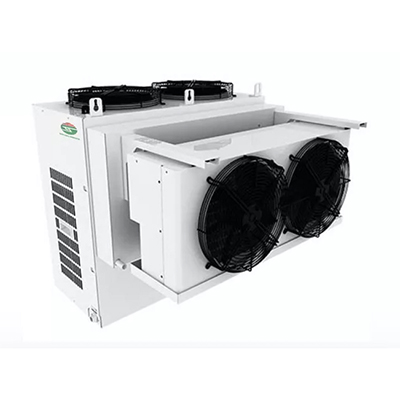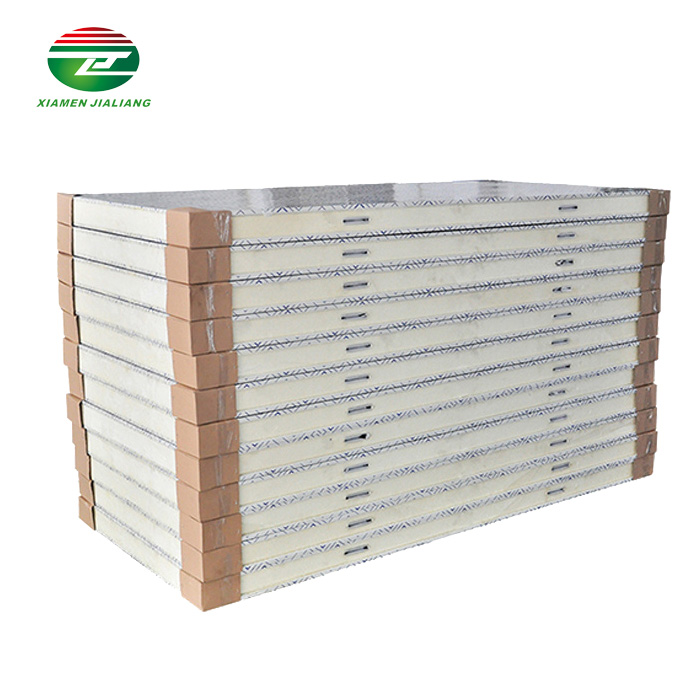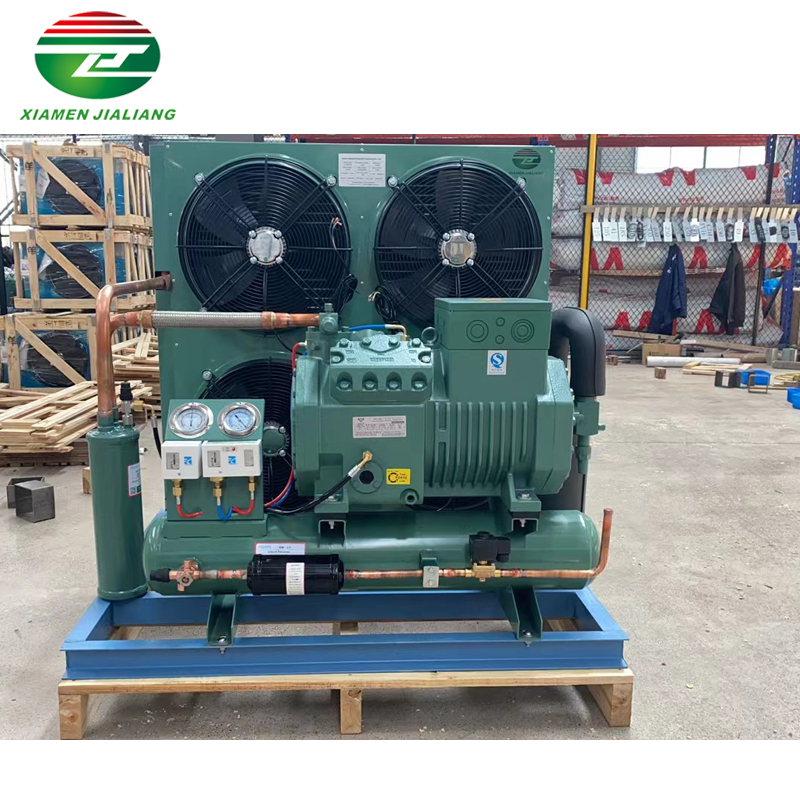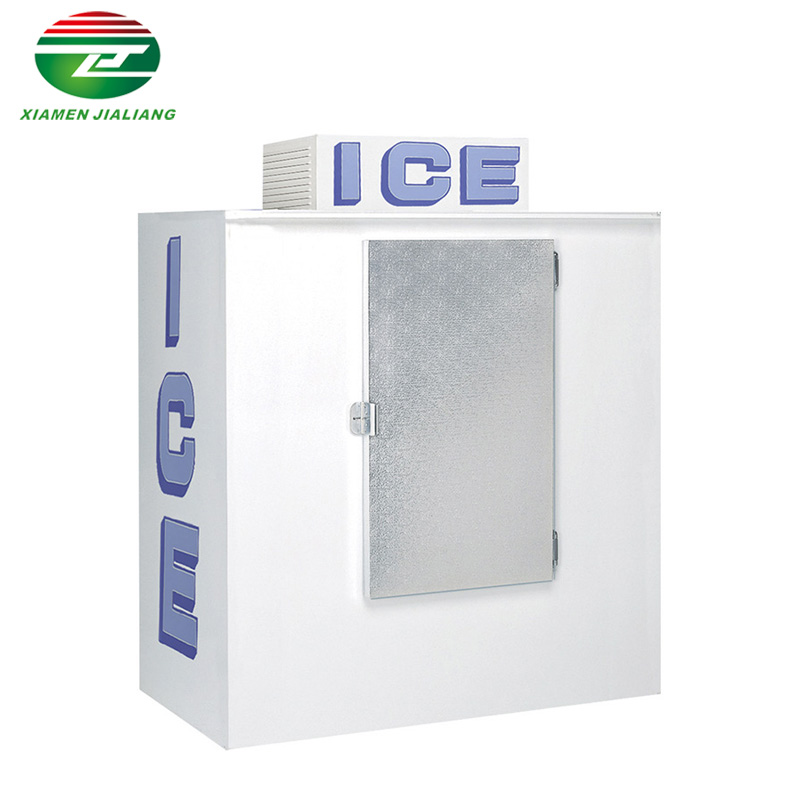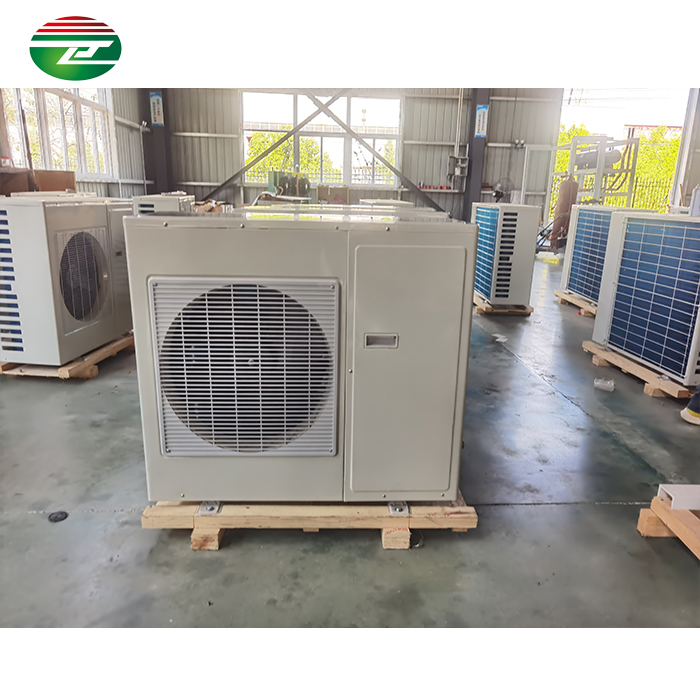Raiders of meat storage knowledge: cold storage equipment and optimal management

Are you a meat storage expert? If not, don't worry! We've got all the information you need on cold storage equipment and optimal management to help you become one. When it comes to storing meat, there are specific requirements that must be met to maintain its quality and safety. That's where cold storage equipment comes in handy. In this blog post, we'll dive into the various types of cold rooms available for meat storage, ideal refrigeration conditions for different meats, and tips on how to improve your overall cold storage efficiency. So gear up and get ready for an adventure as we explore the world of meat storage knowledge together!
Cold storage equipment and meat storage
When it comes to meat storage, having the right cold storage equipment is crucial. There are several types of cold rooms available on the market, each designed for specific purposes. For example, blast freezers are ideal for quick freezing large quantities of meat, while walk-in coolers provide an optimal temperature range for storing fresh cuts.
It's important to note that not all meats have the same refrigeration requirements. Beef and lamb can be stored at slightly higher temperatures than poultry and pork without compromising their quality or safety. Additionally, different cuts of meat require different levels of humidity to maintain their texture and flavor.
Investing in high-quality cold storage equipment will not only improve your ability to store meat safely but also increase your overall efficiency by reducing waste due to spoilage or incorrect handling. With proper management and maintenance, you can extend the shelf life of your products while maintaining their quality and freshness.
In summary, choosing the right type of cold room for your business needs and understanding how different meats should be stored is essential in ensuring that you're running a successful operation with minimal product loss due to improper handling or storage conditions.
Meat refrigeration conditions and storage time
Meat refrigeration conditions and storage time are critical aspects to consider in the meat industry. Proper refrigeration helps maintain the quality of the meat, ensures food safety, and extends its shelf life.
The ideal temperature range for storing fresh meat is 32°F to 39°F (0°C to 4°C). Generally, at this temperature, meat can be stored for about 3 days. If it is higher than this value, bacteria will grow rapidly, and it will cause corruption or even illness after eating. Freezing temperatures at or below 0°F (-18°C) also keep meat longer, at which temperatures meat typically keeps for about 3 months. If you want to keep it for more than 3 months, you need to keep it below -18.4 °F(-28°C), and you can store meat at this temperature for about 6 months.
Additionally, it's important to note that different types of meats have varying storage times. For example, fresh beef typically has a shorter shelf life compared to pork or chicken due to its higher fat content which makes it more susceptible to spoilage.
In addition, proper packaging is crucial when storing meat in cold storage equipmentsuch as cold rooms or freezers. It should be tightly sealed with no air pockets as oxygen is a catalyst for bacterial growth.
Understanding optimal refrigeration conditions and appropriate storage times for different types of meats will help ensure their quality and safety while reducing waste in the process.
The key to improving cold storage efficiency
To summarize, cold storage equipment and optimal management of meat refrigeration conditions are crucial to the success of any meat processing business. Investing in high-quality cold room equipment and ensuring that it is regularly serviced and maintained will not only improve the shelf life of your products but also ensure their safety for consumption.
Moreover, maintaining proper temperature and humidity levels, following recommended storage times, implementing a first-in-first-out inventory system, and investing in effective air circulation systems are all important steps toward improving cold storage efficiency.
By adopting best practices such as these and staying up-to-date with the latest advancements in cold storage technology, you can be sure that your meat products will remain fresh and safe for consumption throughout their shelf life. So don't let sub-optimal management practices affect the quality or safety of your meat products - invest in quality refrigeration today! If you want to know more information about the products, please consult us. Our website is www.coldroomchina.com

